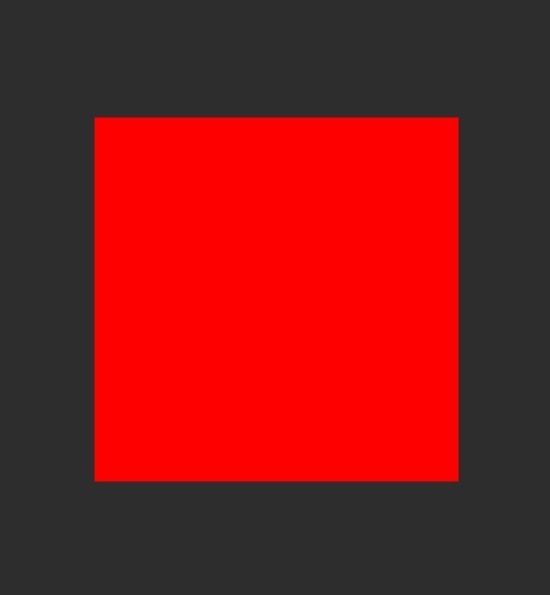Qt 3D: Simple Custom Material QML Example#
Demonstrates creating a custom material in Qt 3D.
This example demonstrates creating a simple custom material.
Running the Example#
To run the example from Qt Creator , open the Welcome mode and select the example from Examples. For more information, visit Building and Running an Example .
Specifying the Scene#
The example uses Scene3D to render a scene which will use the custom material. The scene contains a plane model, which uses the custom material.
Specifying the Material#
The material is specified in simplecustommaterial/SimpleMaterial.qml using Material type. First the material specifies parameters, which are mapped to the corresponding uniforms in the shaders so that they can be changed from the qml.
property color maincolor: Qt.rgba(0.0, 0.0, 0.0, 1.0) parameters: [ Parameter { name: "maincolor" value: Qt.vector3d(root.maincolor.r, root.maincolor.g, root.maincolor.b) } ]
Next we specify which shaders are loaded. Separate versions of the shaders are provided for OpenGL ES 2 and OpenGL renderers.
property string vertex: "qrc:/shaders/gl3/simpleColor.vert" property string fragment: "qrc:/shaders/gl3/simpleColor.frag" property string vertexRHI: "qrc:/shaders/gl45/simpleColor.vert" property string fragmentRHI: "qrc:/shaders/gl45/simpleColor.frag" property string vertexES: "qrc:/shaders/es2/simpleColor.vert" property string fragmentES: "qrc:/shaders/es2/simpleColor.frag"
In the vertex shader we simply transform the position by the transformation matrices.
In the fragment shader we simply set the fragment color to be the maincolor specified in the material.
Next, we create ShaderPrograms from the shaders.
ShaderProgram { id: gl3Shader vertexShaderCode: loadSource(parent.vertex) fragmentShaderCode: loadSource(parent.fragment) } ShaderProgram { id: es2Shader vertexShaderCode: loadSource(parent.vertexES) fragmentShaderCode: loadSource(parent.fragmentES) } ShaderProgram { id: rhiShader vertexShaderCode: loadSource(parent.vertexRHI) fragmentShaderCode: loadSource(parent.fragmentRHI) }
Finally the shader programs are used in the Techniques corresponding to a specific Api profile.
// OpenGL 3.1 Technique { filterKeys: [forward] graphicsApiFilter { api: GraphicsApiFilter.OpenGL profile: GraphicsApiFilter.CoreProfile majorVersion: 3 minorVersion: 1 } renderPasses: RenderPass { shaderProgram: gl3Shader } },
